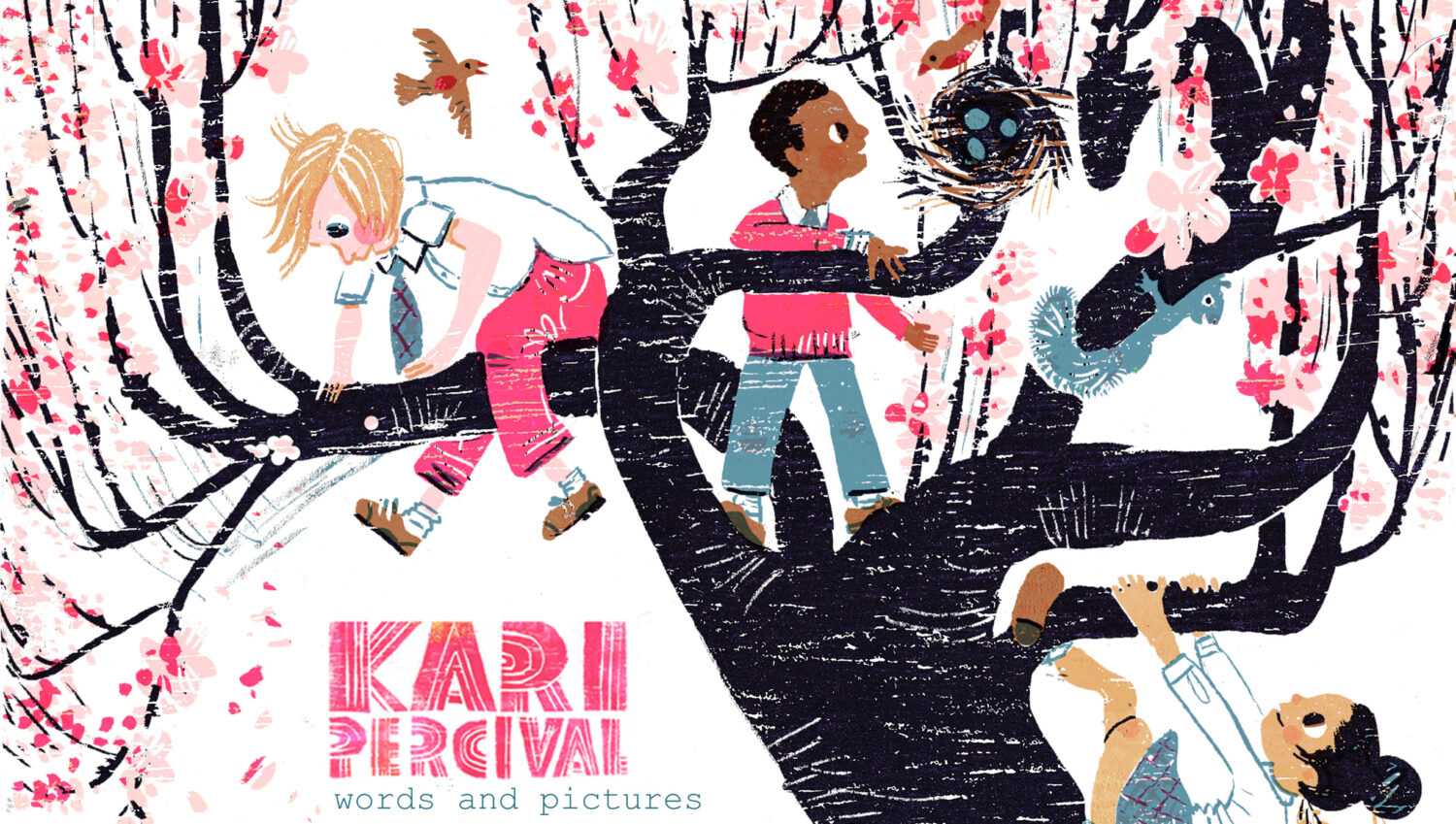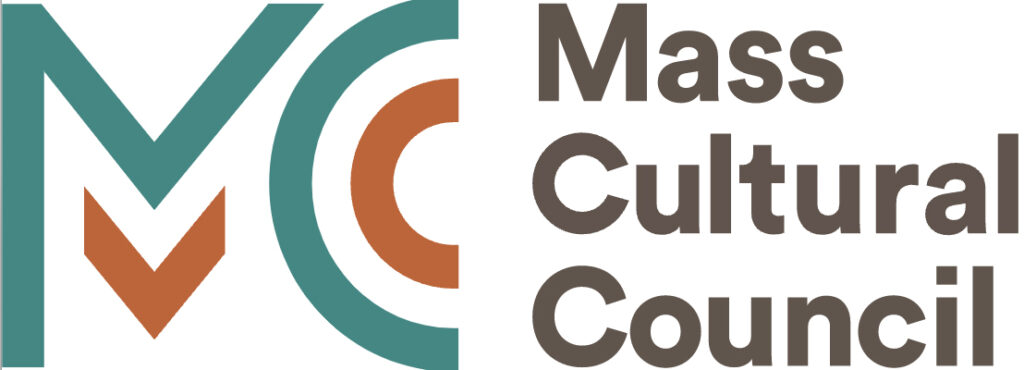Visits
I’d love to help bring How To Say Hello To A Worm to life for your students!
Meeting a live author-illustrator in person can inspire young people that they can write and draw, too!
Details of visit options are below. Please fill out this form or write me at karipercival(at)hotmail.com to schedule a visit to your classroom, camp or program:
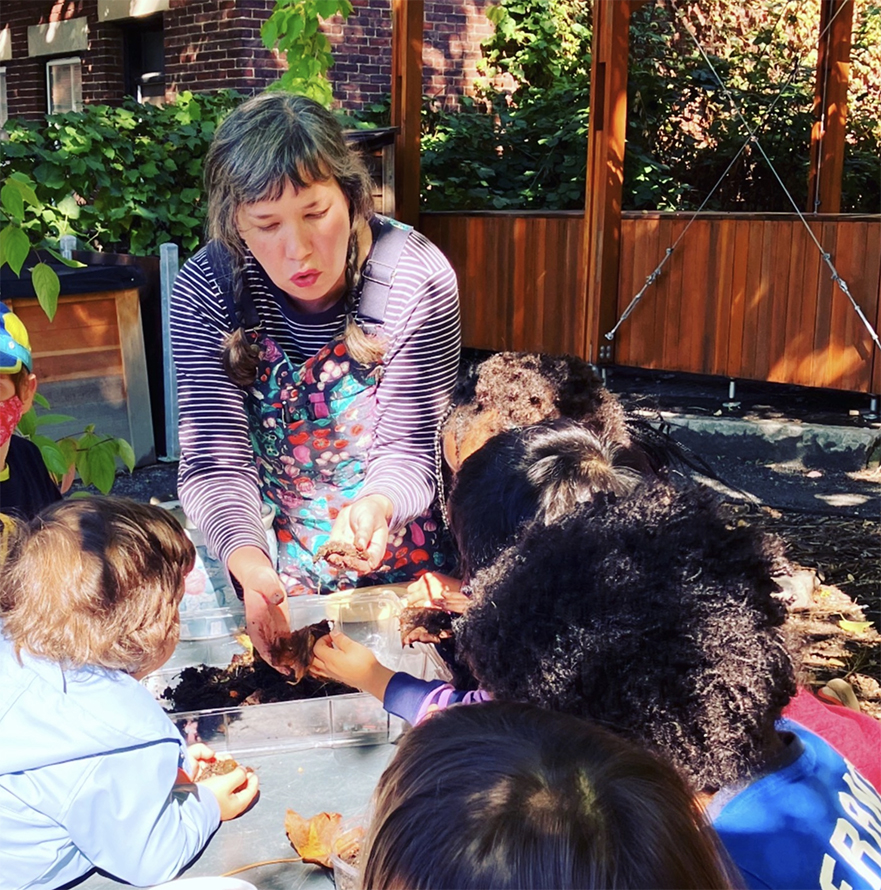
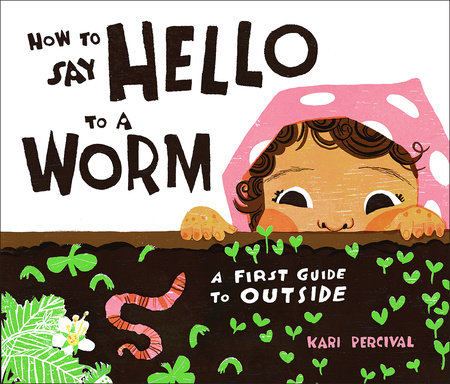
Author Visits with Kari Percival
How to Say Hello to a Worm: A First Guide to Outside
Visit Options:
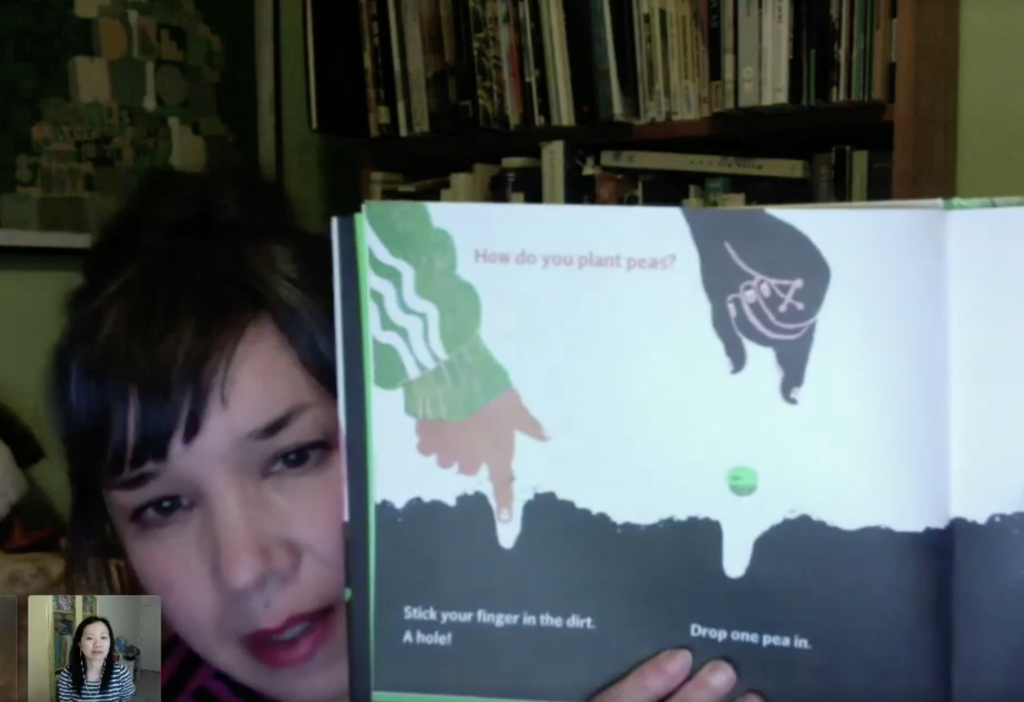
Virtual: Author Reading and Q&A.
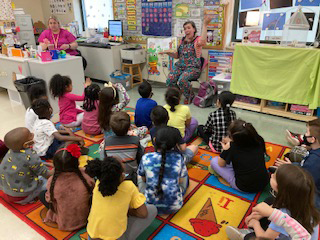
Pop-in: 15 min. per classroom: Author reading and book signing. An engaging intro to you own teacher-led science activities.
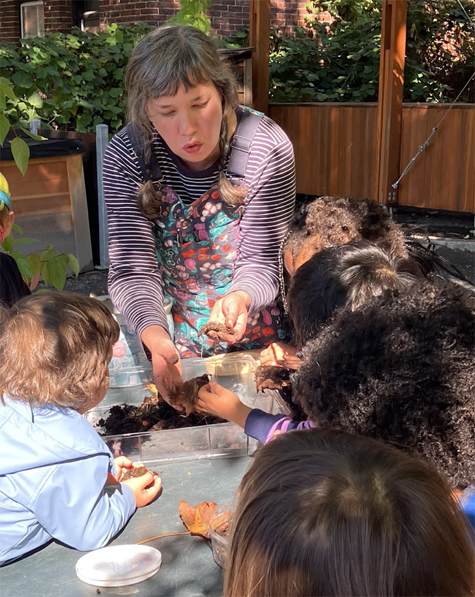
Hands-on Hello: 40 min-1 hour per classroom: Author reading, AND hands-on extension activity* assisted by your own adult facilitators.
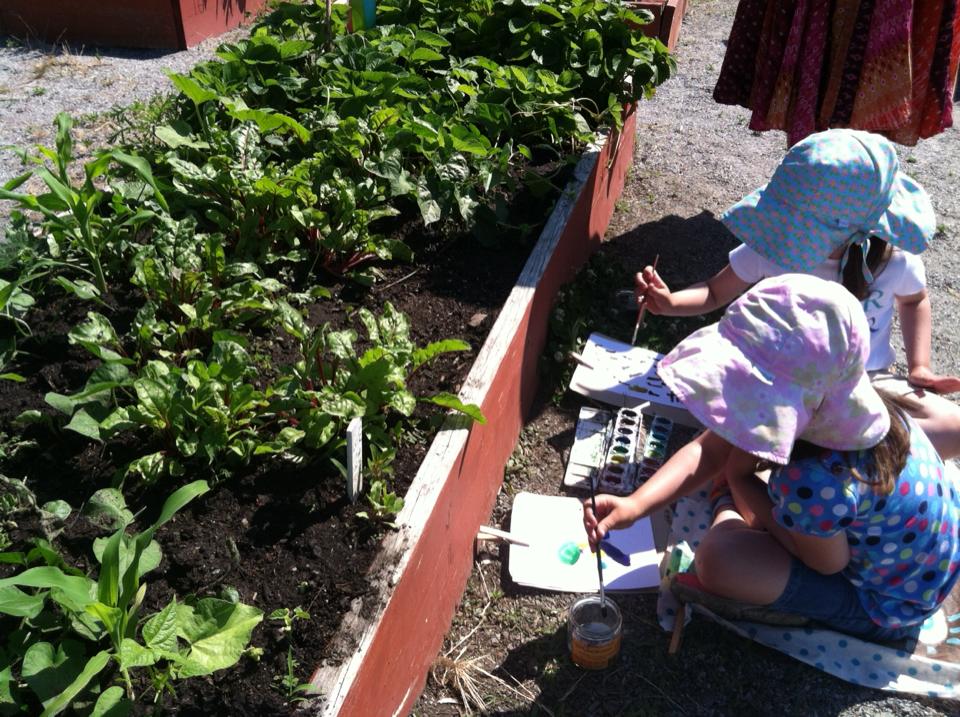
Day of Wonder: Author full day visit: up to 5 hours scheduling of readings and activities.
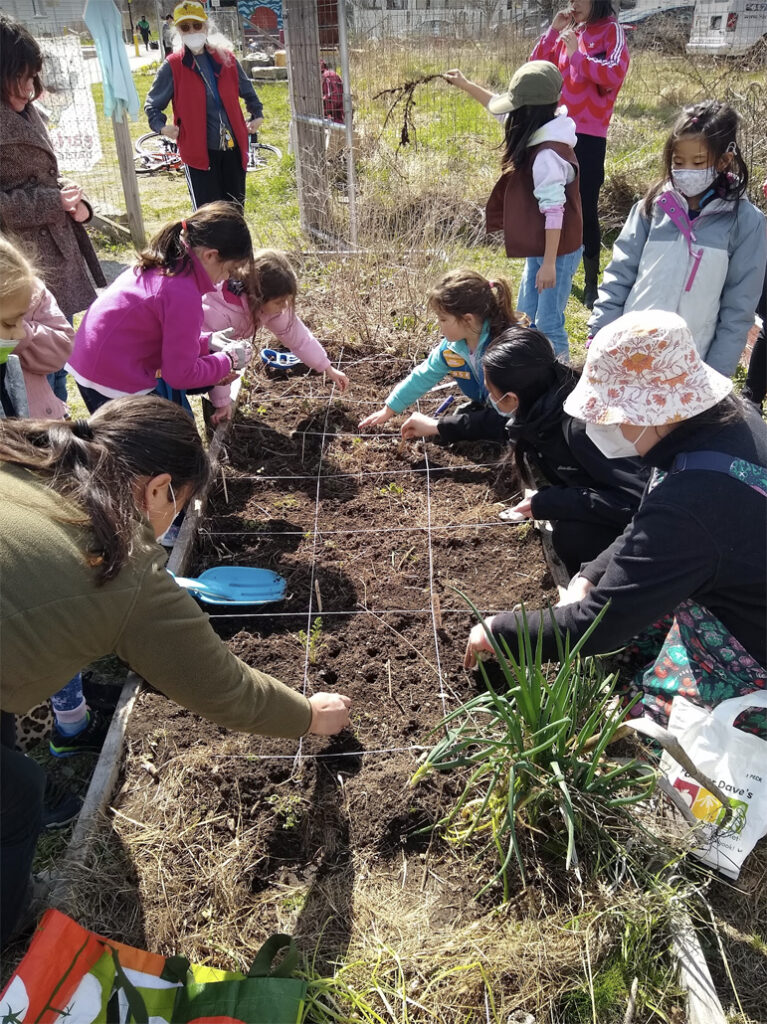
Garden Mentor: Author-Artist in Residence: 5 full school day visits: Either one full week, or 5 visits spread out over five or ten weeks to bring your school garden program to life in collaboration with your science inquiry, gardening, literacy and creative arts goals.
Extension Activities*
Hands-On Get-Messy Activities:
Planting Seeds activity (March-June)
Hello Worm! Live animal meet-and-greet activity (April-October)
Hands-on with the Earth: Exploring Soil activity
Inquiry-based Science/Art Activities:
Observing and drawing worms (April-October)
Observing and drawing different seeds (Any time of year)
Observing and drawing garden plants, flowers or leaves (April-October)
Observing, drawing and tasting produce: Where are the seeds? (Year round, seasonal)
Writing, Drawing and Book Making Activities:
Using How To Say Hello To A Worm as a mentor text to write and draw to inform. Students can make their own book and drawing pictures on the pages, for example: how to ID garden plants, a guide to favorite healthy fruits and vegetables, a guide to insects, birds or other animals around where you live, or their own idea.
Or contact me with YOUR ideas on related extension activities:
Resources to Make It Happen:
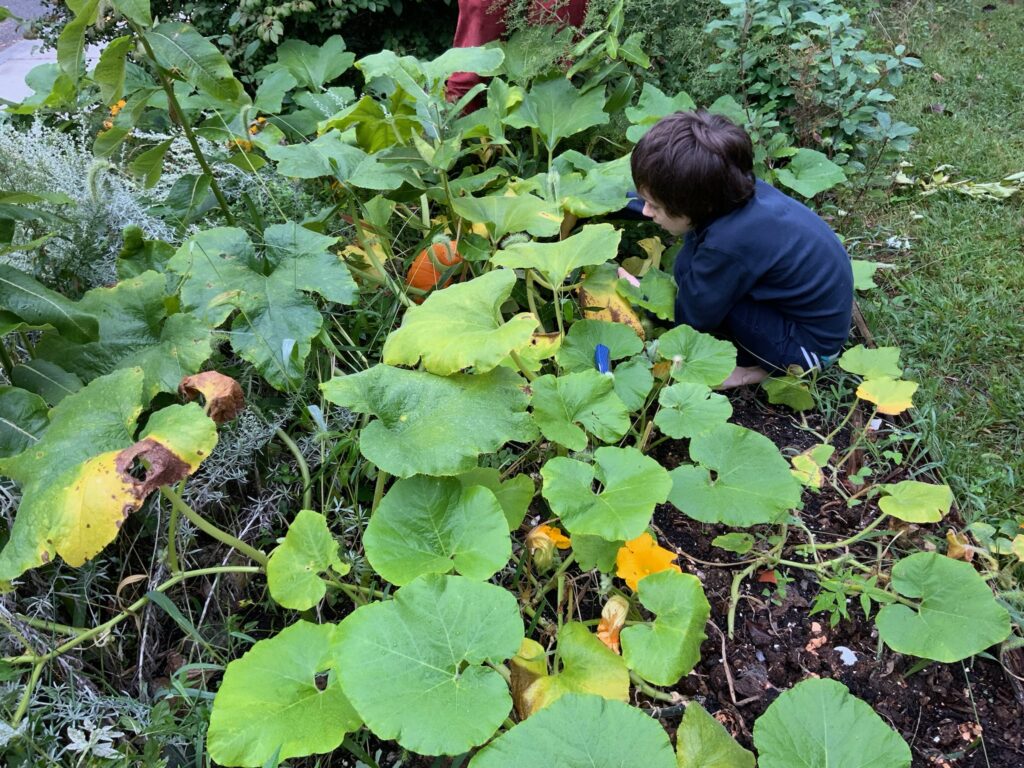
How will this relate to our curriculum?
Nature-Based Preschool Practices: https://naturalstart.org/sites/default/files/guid
Role of Nature in the Curriculum:
- Familiarize children with plants, animals and natural phenomena in their surroundings.
- Support and encourage children’s play and investigations with natural materials.
- Classroom activities cross boundaries between indoor and outdoor environments, and between different types of outdoor environments.
- Seasonal changes and patterns
- Model care and concern for nature and the environment
- Humans are considered part of and dependent on the environment
Community of Capable Learners
3. Support children to be change agents in their learning community and the broader community
4. Opportunities for child-child interactions promote collaboration.
Massachusetts Curriculum Framework for Science and Technology/Engineering
https://www.doe.mass.edu/frameworks/scitech/2016-04.pdf
PreKPre-K: Life Science PreK-LS
ESS3. Earth and Human Activity
PreK-ESS3-1(MA). Engage in discussion and raise questions using examples about local resources (including soil and water) humans use to meet their needs. (Gardening to grow food and find joy together)
PreK-ESS3-2(MA). Observe and discuss the impact of people’s activities on the local environment. (Planting seeds to grow plants, building a trellis for peas to climb, growing flowers for bees to pollinate.)
LS1. From Molecules to Organisms: Structures and Processes
PreK-LS1-1(MA). Compare, using descriptions and drawings, the external body parts of animals (including humans) and plants and explain functions of some of the observable body parts. (Models observing bees’ wings buzzing, pollen on legs, observing ladybugs, worms)
PreK-LS1-2(MA). Explain that most animals have five senses they use to gather information about the world around them. (Observe bees, ladybugs, worms in the garden)
PreK-LS1-3(MA). Use their five senses in their exploration and play to gather information. (make mud in the dig zone, observe peas structure growing and changing, observe strawberries changing colors to assess ripening)
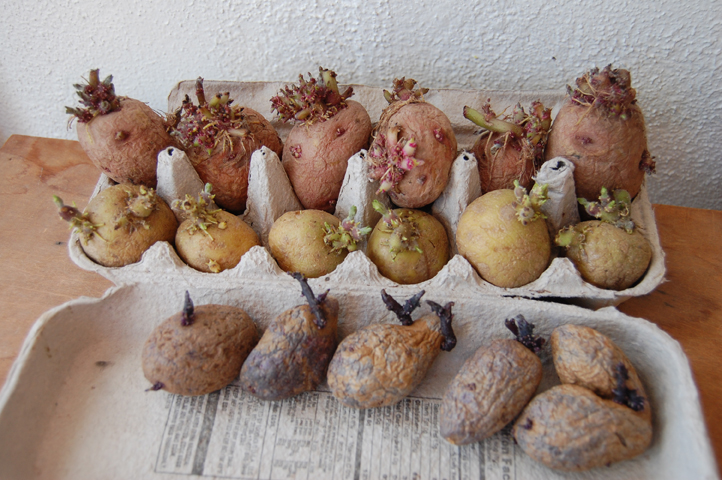
LS2. Ecosystems: Interactions, Energy, and Dynamics
PreK-LS2-1(MA). Use evidence from animals and plants to define several characteristics of living things (Story models making observations of plants and animals)
PreK-PS1-4(MA). Recognize through investigation that physical objects and materials can change under different circumstances.
Clarification Statement:
• Changes include building up or breaking apart, mixing, dissolving, and changing state. (Making mud, mixing water and soil)
K-LS1-2(MA). Recognize that all plants and animals grow and change over time. (Observing growth of peas, lettuce, strawberries over time, from planting seeds to harvest)
What Funding Sources Can Help Pay Author Visit Costs?

Wondermore’s Authors-in-Schools program brings acclaimed authors and illustrators directly into classrooms across Boston for curriculum-aligned presentations and interactive discussions.
The Society for Childrens Book Writers and Illustrators offers the SCBWI Amber Brown Grant each year. One school will receive an all-expense-paid visit by a well-respected children’s author or illustrator. The chosen school will also receive a $250 stipend to create a memorable day and $250 worth of books by the visiting author/illustrator. Submit via our electronic awards page, more details coming soon. Email questions to sarahdiamond@scbwi.org
The largest grassroots cultural funding network in the nation, the Local Cultural Council (LCC) Program enriches the cultural life of all cities and towns in Massachusetts. Contact your LCC to apply for a grant.
Many local businesses, gardening organizations or mail-order seed companies offer community grants or fundraising opportunities. Ask your local Garden Center, Seed Company, or Garden Club.
